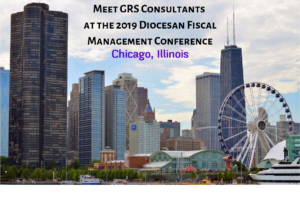Industry News
U.S. Census Bureau Reports Public Pension Assets Increased Slightly in the Second Quarter of 2019
On September 30, 2019, the U.S. Census Bureau reported that total holdings and investments for the 100 largest state and local government retirement systems increased 3.0% to $3.96 trillion at the end of the second quarter of 2019.
During the second quarter of 2019, corporate equity (both foreign and domestic) increased 5.0% from $1.70 trillion to $1.79 trillion, corporate bonds (both foreign and domestic) decreased 12.6% to $405.1 billion, private equity increased 8.9% from $416.3 billion to $453.3 billion, federal government securities increased 2.4% to $487.5 billion, indirectly held assets increased 0.7% from $428.1 billion to $431.2 billion, cash and short-term investments decreased 9.4% to $88.4 billion, and other investments (such as real estate) increased 16.0% from $265.6 billion to $308.0 billion.
The results are from the U.S. Census Bureau’s Quarterly Survey of Public Pensions which surveys the revenues, expenditures, and composition of assets for the 100 largest U.S. public employee retirement systems. These systems comprise 88% of the total cash and security holdings reported for public plans in the 2012 Census of Governments. The report also provides a table showing the quarterly distribution of cash and security holdings for the second quarter of 2019.
The summary is available here.
 Come visit GRS’ exhibit booth #210 during the 2019 Diocesan Fiscal Management Conference.
Come visit GRS’ exhibit booth #210 during the 2019 Diocesan Fiscal Management Conference.